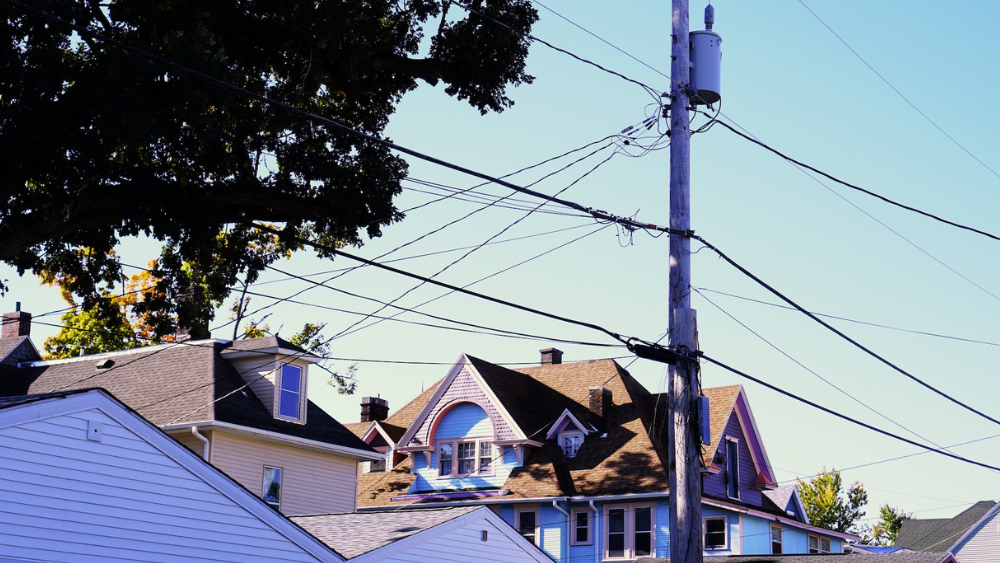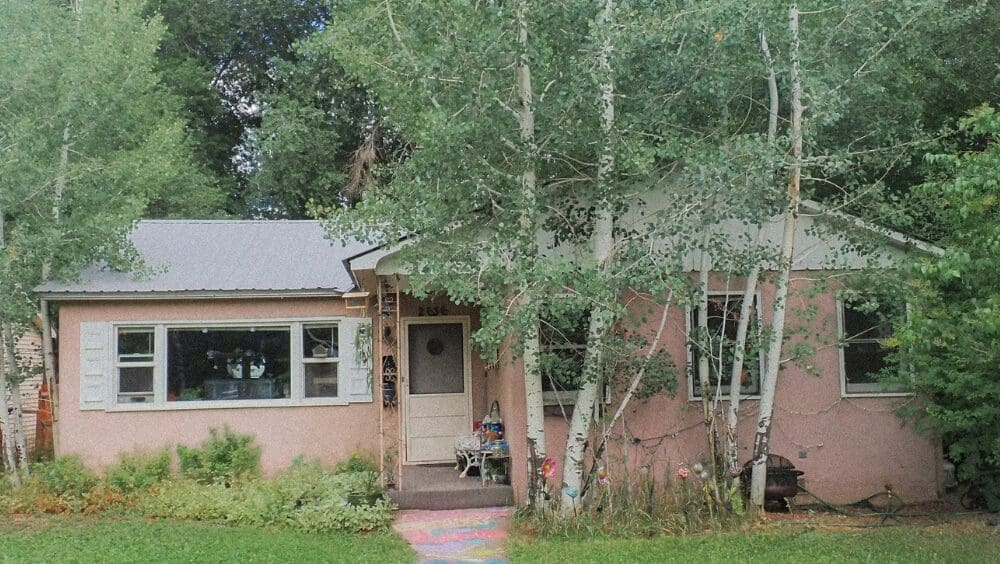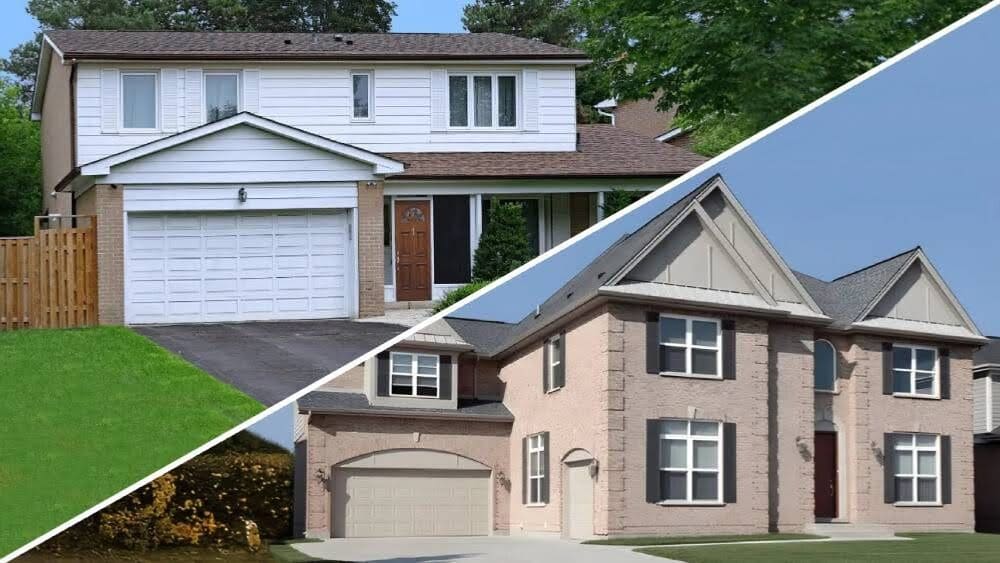
Selling your old home while simultaneously buying a new one in Iowa can often feel like a delicate balancing act. In a market where inventory is limited, and prices are high, syncing the timing and finances of both transactions becomes a significant challenge. For many homeowners, the apparent solution is to sell, move to a temporary location, and search for a new house. But there’s an alternative that might just be the solution you’re looking for: a bridge loan. This short-term financing option allows you to confidently purchase your new Iowa home before selling your current one, easing the transition and helping you manage this crucial phase in your homeownership journey.
A bridge loan, also known as bridge financing, bridging loan, interim financing, gap financing, or a swing loan, is essentially a financial lifeline for homeowners like you. It’s a short-term loan designed to bridge the gap during the transition period of buying a new home while still selling your current one. This type of loan leverages the equity in your existing home, providing you with the necessary funds to make a down payment and cover closing costs on your new property. While they are typically more expensive than traditional mortgages, bridge loans offer a swift and convenient solution, allowing you to purchase your new home without waiting for your old one to sell. This financial tool can be a game-changer in ensuring a smooth transition between homes. In Iowa, a typical scenario for needing a bridge loan arises when you find your dream home but haven’t sold your current one yet. In this situation, the equity from your existing home is used to cover the new property’s down payment and closing costs. The lender providing the mortgage for your new Iowa home will often manage your bridge loan. They usually require that your current home be listed for sale and will extend the bridge loan for six months to a year. A critical aspect for the lender is your debt-to-income ratio (DTI). This ratio will include the payments on your existing mortgage, the payments for your new home, and any interest-only payments on the bridge loan. However, if your current home is under contract with a buyer who has secured their loan, the lender may only consider the mortgage payment for your new home in the DTI calculation. This is important for lenders as they must ensure you can manage payments on both properties if your current home doesn’t sell immediately. For you as a homeowner in Iowa, understanding this aspect of bridge loans is crucial in planning your finances during this transitional period. In Iowa, a bridge loan can offer several advantages that make your home-buying experience more flexible and less stressful. Here are some key benefits: These benefits make a bridge loan a practical solution for Iowa buyers who need financial flexibility before selling their existing home, allowing them to use the sale proceeds to settle the bridge loan. While bridge loans offer a strategic solution for buying a new home before selling your current one, they come with certain drawbacks that are important to consider: Understanding these potential challenges is crucial in determining whether a bridge loan is the right financial move for your situation. A bridge loan can be an ideal solution in several specific real estate scenarios, particularly when timing and financial flexibility are key factors. Here are some situations where a bridge loan might be the right choice: In these cases, a bridge loan provides the necessary financial support to bridge the gap between selling your current home and securing your new one, especially when you cannot prepare or stage it for sale while still living in it. This can be a significant advantage, as well-prepared and staged homes often sell faster and for higher prices.What is a bridge loan, in simple words?
How does a bridge loan work in Iowa?
What are the benefits of a bridge loan in Iowa?
What are the drawbacks of a bridge loan?
When is a bridge loan a good solution?



